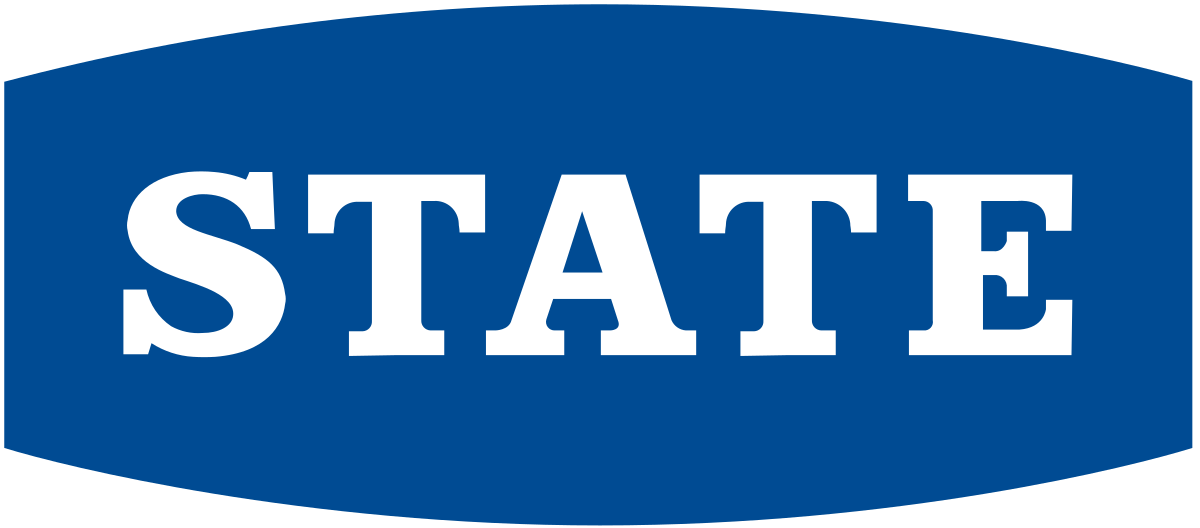Car insurance provides financial peace of mind for car owners and other road users. However there is not one standard level of car insurance. There are three main types of insurance cover available in New Zealand, each offering a different level of financial protection for motorists. In addition, benefits differ between insurance providers and there are often add-on options available.
Therefore, to ensure you choose the right car insurance policy for your budget and personal needs, it’s important to understand the various types of car insurance available and the levels of cover they provide.
While insurance providers offer three main types of car insurance – third party, third party fire and theft, and comprehensive – there is another type of insurance that all road users pay, the Accident Compensation Corporation’s (ACC) Motor Vehicle levy.
What is the Motor Vehicle levy?
The Motor Vehicle levy is the only insurance required to legally drive on the roads in New Zealand. The most basic, and cheapest, level of car insurance, it’s used by ACC to provide cover for those injured in road accidents, to pay for their medical bills and rehabilitation costs.
The levy is applied to the cost of petrol and is included in the cost of registering a vehicle. As drivers of electric and diesel cars, obviously, don’t purchase petrol, the levy applied to the cost of registering non-petrol vehicles is higher than that applied to petrol cars.
Third party car insurance: what does it cover?
Third party car insurance is a basic policy that covers you financially for damage you cause to another person’s car or property in the event of an accident. It doesn’t provide any cover for your own vehicle or possessions.
Therefore, if you crash into another motorist, while a third party insurance policy will pay to repair the other car, you’ll have to use your own money to tow and fix or replace your vehicle.
While most third-party policies are designed solely to cover you for any damage you cause to others’ property, some do include limited cover for damage to your own car caused by at-fault uninsured drivers.
Third party, fire and theft car insurance: what does it cover?
A mid-level option, third party fire and theft provides insurance to replace your car if it is stolen or destroyed by fire, in addition to third party cover.
While it will cover the cost of repairing any damage caused by a thief, it won’t cover the cost of repairs to your vehicle if it is involved in an accident.
As third party fire and theft is a generic term to describe this level of cover, it’s always a good idea to compare products and costs between different car insurance providers, because some third party, fire and theft policies on Canstar’s database also include limited cover for:
- Towing costs
- Emergency accommodation/travel costs following an accident or loss of car
- Personal possessions in your car and baby seats
- Hire car in the event your vehicle is stolen
- Damage to your own car caused by at-fault uninsured drivers
Comprehensive car insurance: what does it cover?
The most expensive form of car insurance, comprehensive provides all the benefits of third party fire and theft insurance, plus it covers the cost of repairing or replacing your car should it be damaged or destroyed, regardless of who is at fault.
Coverage usually extends to damage caused by extreme weather events, such as hail or flooding, as well as road accidents.
It’s worth noting that in event of an accident, if you are at fault, or the other driver leaves the scene and can’t be traced or contacted, while comprehensive cover will still pay for repairs to your vehicle, you will likely to have to pay an excess, covering some of the costs yourself.
As with third party, fire and theft car insurance, levels of comprehensive cover vary between providers, but policies often include:
- Damage to trailer/caravan
- Hire car in the event of an accident
- New car replacement
- Replacement of keys and damaged locks
In addition, most providers offer optional extras including:
- Reduced or zero excess for windscreen and glass damage
- Choice of own repairer
- Roadside assist services
What does comprehensive car insurance not cover?
A Product Disclosure Statement (PDS) provides a precise breakdown of what is and isn’t covered under the terms of a car insurance agreement. It’s always recommended to read the PDS of the policy you are interested in thoroughly before making a purchase.
However, most comprehensive car insurance products share common policy exclusions, circumstances under which they won’t accept a claim, these include:
Unlawful use of the vehicle: for example if the car is unroadworthy, or damaged due to dangerous driving, driving while intoxicated or without a valid licence.
Business use: if you plan to use your car for business purposes, such as a ride-share or food-delivery service, you’ll need to let your insurer know and amend your policy accordingly, otherwise it could void your cover.
Unapproved modifications: most insurers are happy to tweak their plans to cover legal modifications, but you’ll need to let your insurance provider know if you make any structural changes to your car.
Carelessness: don’t expect your insurer to accept any claim made as a result of your carelessness, for example if you leave your car unlocked with the keys inside and it is stolen, or you fill up with the wrong type of fuel.
Mechanical failures: car insurance policies don’t provide cover for general mechanical repairs or breakdowns.
Ultimately, when deciding on the best car insurance for you, comparing providers and thoroughly reading the PDS of any insurance product that you’re interested with can give you a clearer picture of the levels of cover available and the premiums involved.
Compare car insurance with Canstar
About the author of this page
This report was written by Canstar’s Editor, Bruce Pitchers. Bruce has three decades’ experience as a journalist and has worked for major media companies in the UK and Australasia, including ACP, Bauer Media Group, Fairfax, Pacific Magazines, News Corp and TVNZ. Prior to Canstar, he worked as a freelancer, including for The Australian Financial Review, the NZ Financial Markets Authority, and for real estate companies on both sides of the Tasman.









Share this article